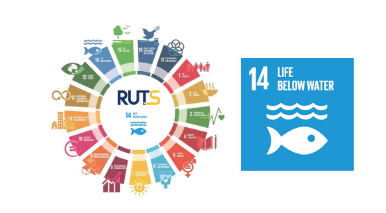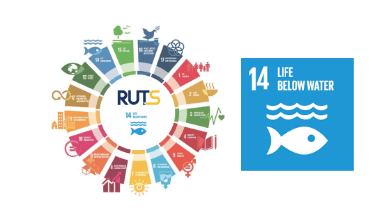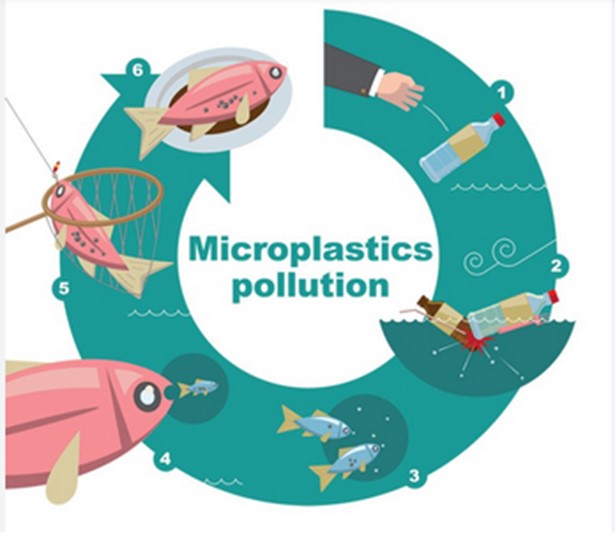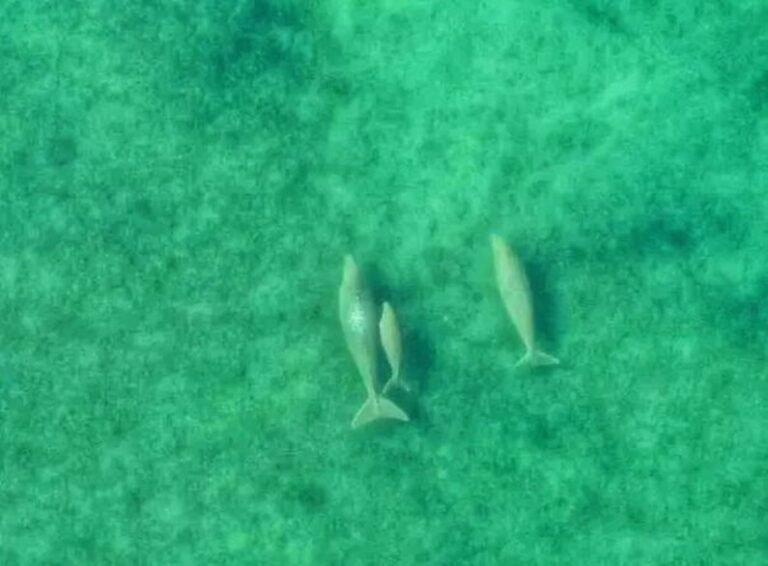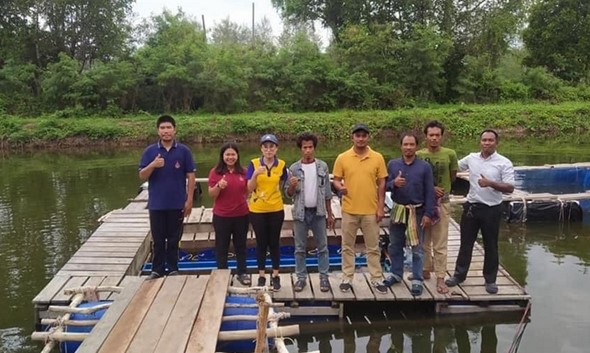SDG 14
Indicator 14.5.4
Outreach and Engagement
//////
RUTS Crab Bank Project : Restoring the Blue Crab Population
| Reporters: |
Dr. Chanyut Sudtongkong
|
|
Miss. Kanokwan Juhong |
October 16, 2024
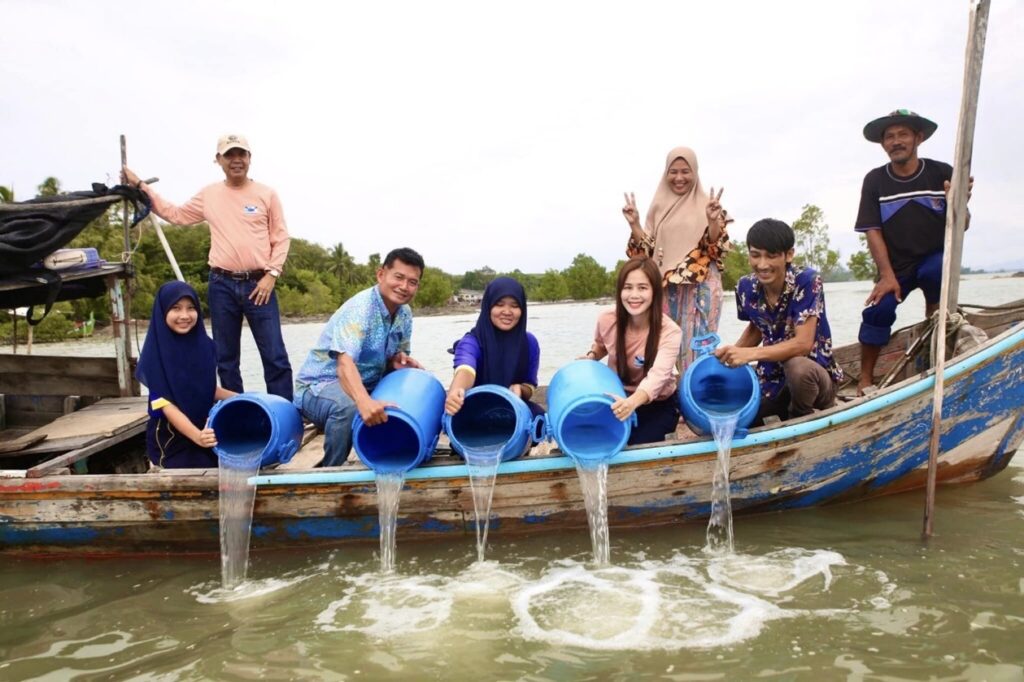
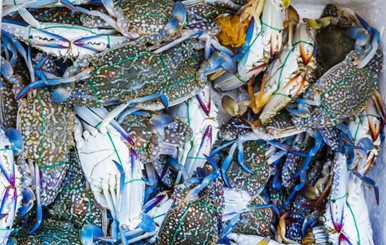
In response to declining blue swimming crab populations, Rajamangala University of Technology Srivijaya (RUTS) launched the “RUTS Crab Bank Project” as part of a national effort to restore these resources. This community-based initiative aims to address social needs, foster partnerships, and promote stakeholder engagement. The project receives financial support from organizations such as the National Research Council of Thailand and the Ministry of Science and Technology. Its primary objectives are to conserve blue swimming crab populations and raise local fishermen’s awareness of sustainable fisheries management.
Since its inception in 2018, the project has expanded to include 77 crab banks and learning centers across 9 districts and 54 communities in Trang, Satun, and Krabi provinces.
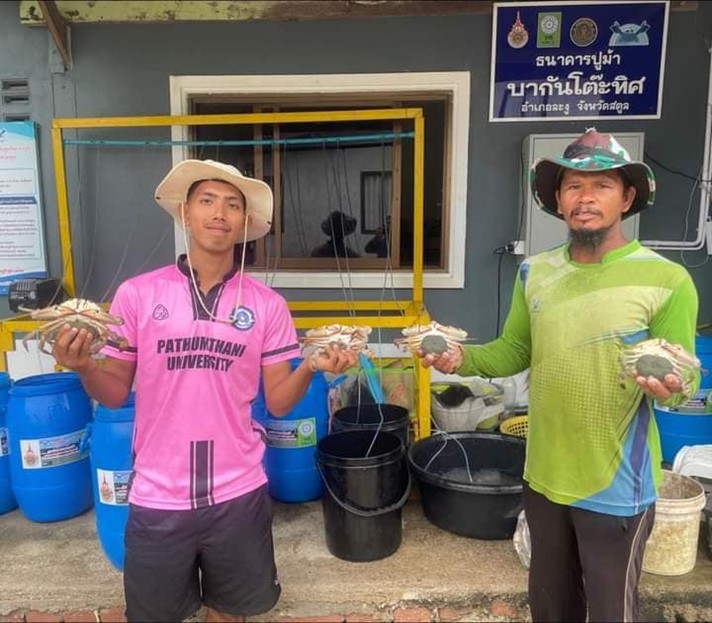
The core of the project lies in the fishermen, who serve as essential volunteers in managing fishery resources. The project focuses on gravid female crabs, which are caught by the fishermen and reared in blue containers until spawning. To promote crab recruitment, the larvae are then released into coastal waters, while the female crabs are sold.
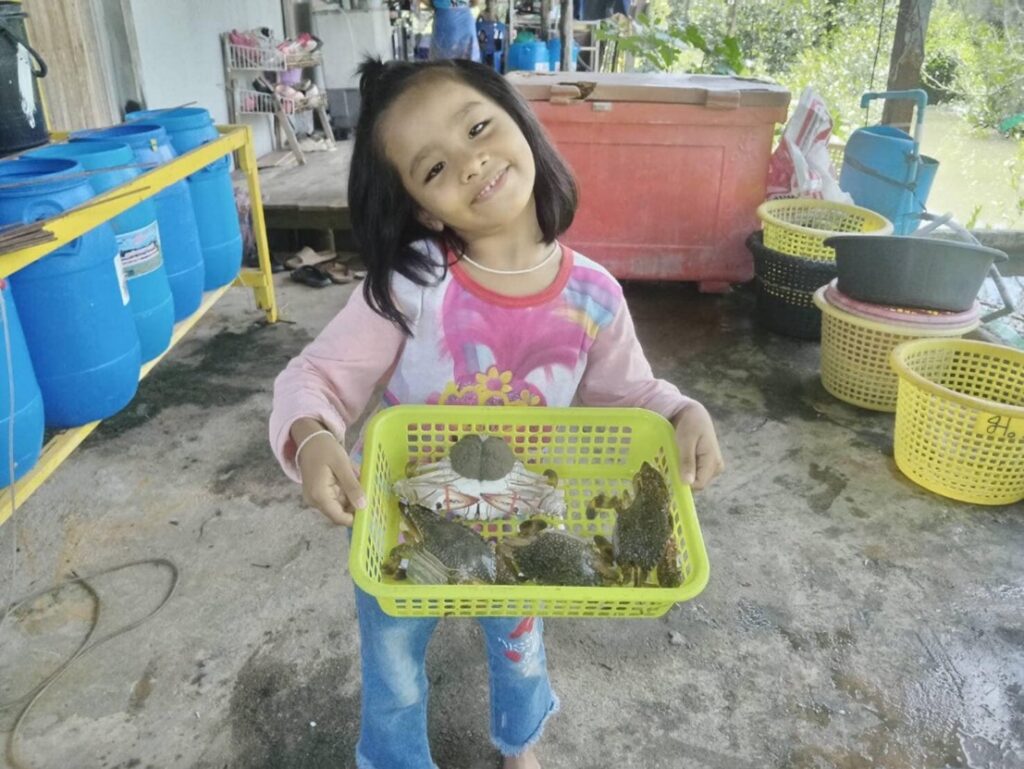
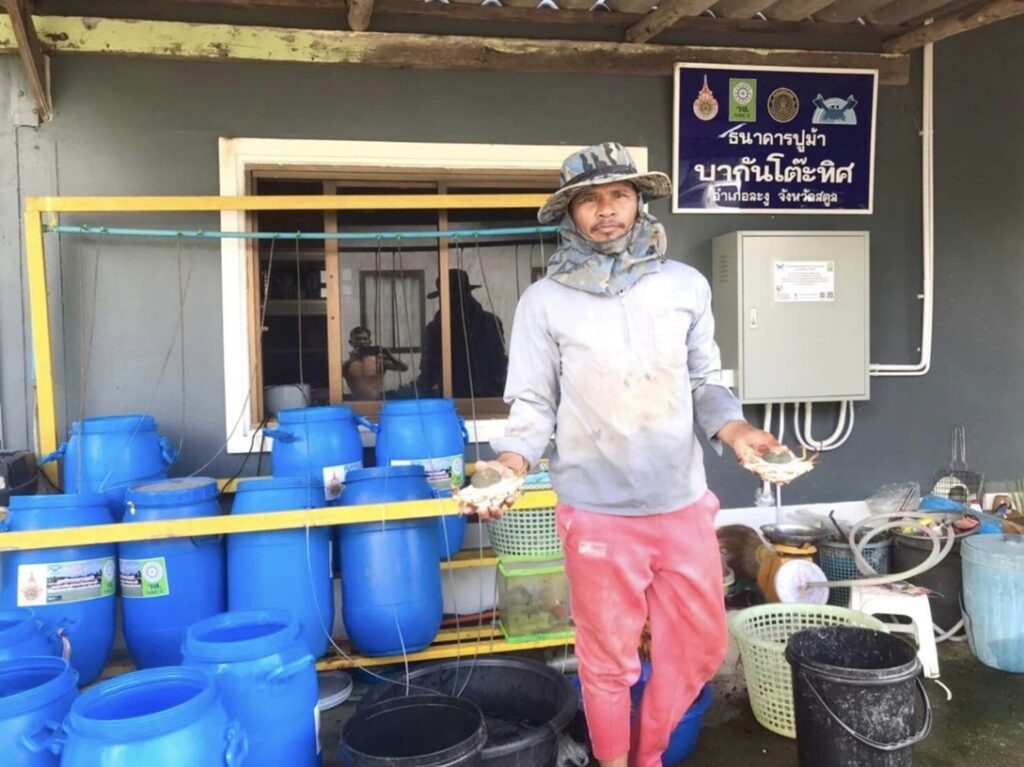
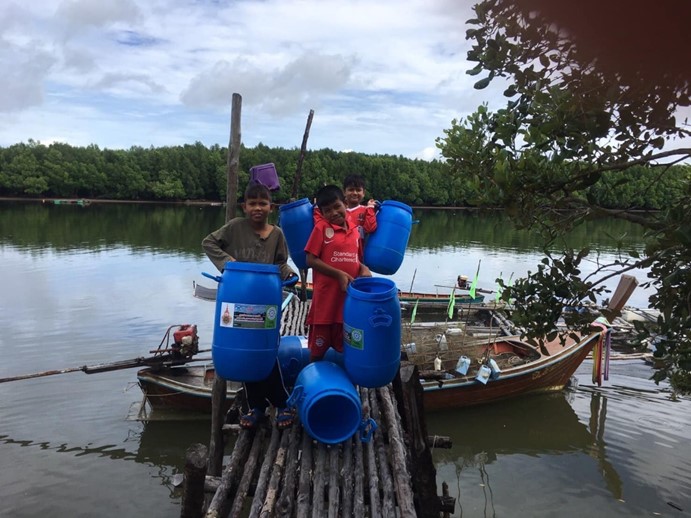
In 2023, the project upgraded 77 crab banks and learning centers in Trang, Satun and Krabi provinces, enhancing them with educational materials and exhibits to promote sustainable crab banking practices. Additionally, materials and equipment for community-based crab hatcheries, including water systems, electrical infrastructure, aeration systems, and hatching tanks, were provided. These resources aim to support the project’s sustainability and contribute to the long-term health of blue swimming crab populations in the region.

This project offers several key benefits. Firstly, it contributes to the conservation and sustainable management of blue swimming crab populations. Secondly, it raises local fishermen’s awareness of the importance of engaging in fisheries management. Lastly, it provides an alternative income source for fishermen by allowing them to sell female crabs post-spawning.
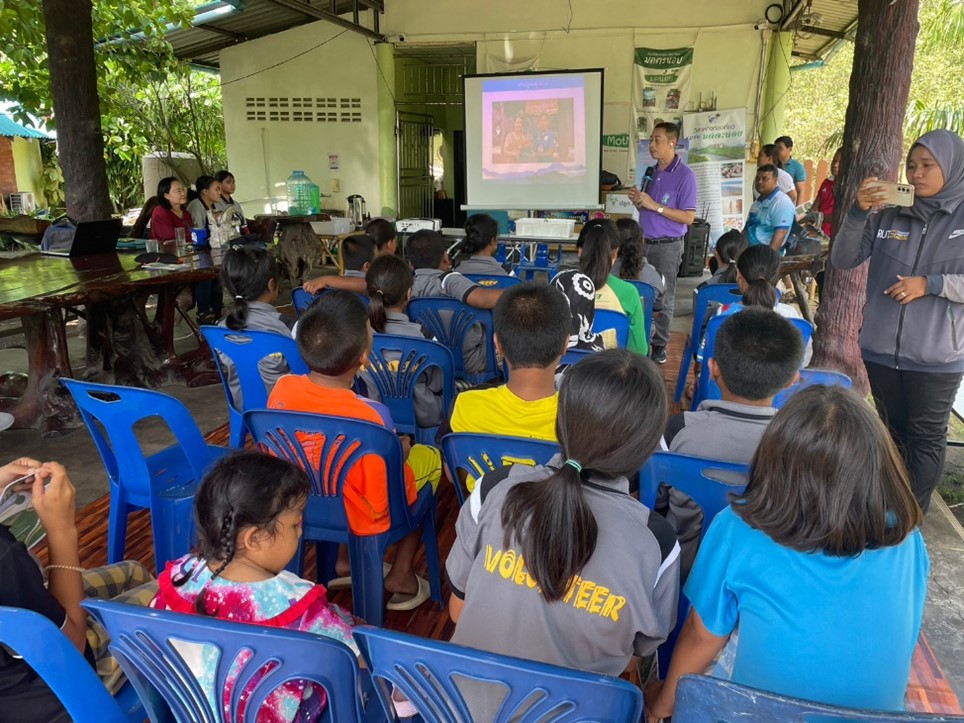
In summary, the RUTS Crab Bank Project is a well-structured initiative that plays a crucial role in conserving and sustainably managing blue swimming crab resources in Thailand.
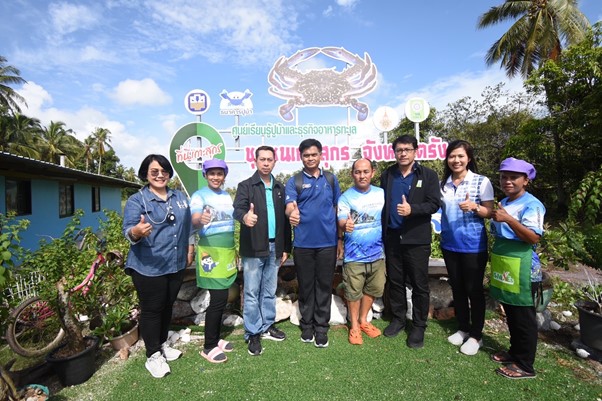
Related Links:
https://www.facebook.com/photo.php?fbid=358463466866417&set=a.122913823754717&type=3
https://www.facebook.com/photo/?fbid=318749477504483&set=a.122913823754717
https://www.facebook.com/photo.php?fbid=357919696920794&set=a.122913823754717&type=3
https://www.facebook.com/photo/?fbid=358463466866417&set=a.122913823754717
https://www.facebook.com/photo.php?fbid=313970577982373&set=a.122913823754717&type=3
https://mgronline.com/science/detail/9660000064068

